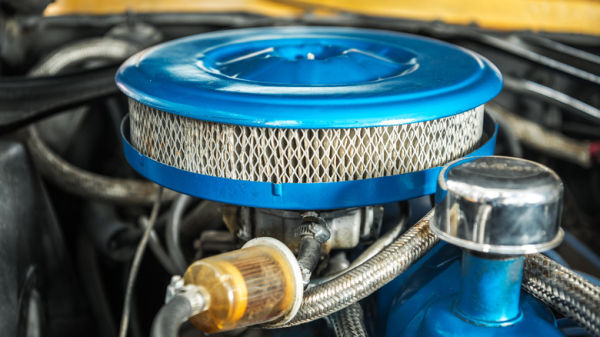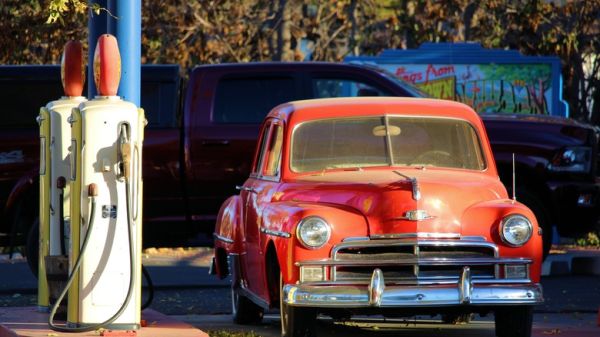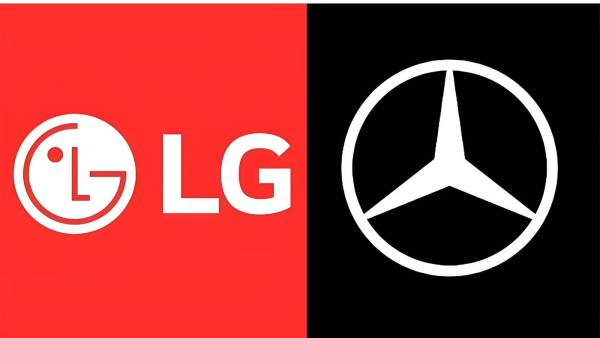I’m semi-infamous in my neighborhood for almost exclusively driving classic cars. I’ve never actually owned anything newer than 25 years old, with most of my vehicles requiring varying degrees of TLC to keep running well. And with modern ethanol-based fuel being what it is, virtually none of the vehicles I drive are as happy with these ethanol fuels as they would be with straight unleaded. Sure, they’ll run on E85, but not particularly well given that the engines weren’t designed with ethanol in mind. But what about other, lighter blends, like E15 or the far more common E10?
E15 fuel is a relatively low-level blend of ethanol and gasoline, being approximately 10.5 to 15% ethanol by volume, hence the name. Unlike E85, which was designed for flex-fuel cars, E15 is approved for use in typical vehicles from 2001 or newer. Fuel stations are obliged to fill older model vehicles with straight gasoline or E10, which thankfully cuts down on my hunting around for decent fuel — while my classic Jeep Cherokee is extremely reliable, all the money I save at the garage goes straight into my fuel tank.
Let’s say, though, that an attendant didn’t get the memo. What about my 1996 Cherokee XJ, whose final model year was 2001? Would accidentally having it filled up with E15 ruin the engine? Not at all. Alright, what about my carbureted ’73 Volkswagen? In that case, it may degrade various parts rather quickly due to the caustic effects of the fuel. In this article, I’ll follow the fuel line from start to finish, discussing each potential fault in turn.
The effects of ethanol on a classic car’s fuel system
We start off by pouring the fuel into the gas tank of your classic car, where it sits ready to be picked up by the fuel pump and transferred to the engine. Here, we encounter our first issue: ethanol absorbs moisture, which can cause premature corrosion in fuel tanks and potentially result in water getting pulled through the fuel system. Next, the fuel goes to the engine, where it must travel through a series of hoses. These are often made of materials such as rubber or plastic, leading to our second problem. Ethanol is a corrosive agent that readily dissolves certain organic materials, including rubber, which can cause fuel leaks. That’s what happened to my ’73 Volkswagen, where the interior reeked of gasoline because ethanol ate through the fuel lines.
Next comes the carburetor, where the fuel sits in the float bowl before being mixed with air and entering the combustion chamber. Let’s assume that the ethanol picked up some moisture; now we’re introducing water to components not meant to cope with it, such as the carburetor bowl itself, jets, and valvetrain. This can lead to rust issues and potentially allow metal particulates to enter the engine.
Lastly, the fuel must be burned. Ethanol burns differently from straight gasoline, as it’s an oxygenated fuel. Oxygen, being a flammable substance, acts as a combustion agent on its own, modifying the vehicle’s true air-fuel ratio. This can cause mechanical engines to run hot and rich, risking potential pre-detonation or “knocking,” as well as increasing the combustion temperature overall.
Help, I’ve poured the wrong fuel in my classic car!
Let’s assume the worst-case scenario: You’re running on empty and fill up your tank with E15 blend. Will ethanol kill your engine? Absolutely not. In fact, more recent classic cars from the mid-’90s onward often don’t care much about E15 ethanol in general; the 2001 cutoff is more of a guideline than anything in these cases. While my Volkswagen is more sensitive to these fuels because it has a 50-year-old carburetor, my Jeep’s fuel rail is indifferent to such a low ratio of ethanol.
It may be prudent to avoid filling up with E15 as a preventative measure, but it’s by no means the end of the world. E85 is another story, of course. But about 95% of gasoline in the United States is at least E10 anyway, so you’re likely already putting minute amounts of ethanol in your classic car; E15 isn’t going to make much of a difference, certainly not for a single tank.
Permanent solutions to the issue exist as well. For instance, there are flex-fuel kits available that will allow many newer cars to accept E85. As for older cars, simple tasks such as replacing fuel lines and re-jetting the carburetor are often enough to mitigate the immediate effects of E15. Again, ethanol absorbs moisture, and the resultant rust and corrosion can allow particulates to enter the fuel system, multiplying the issues. Therefore, the best solution is simple: Keep the car clean and the fuel system rust-free.










